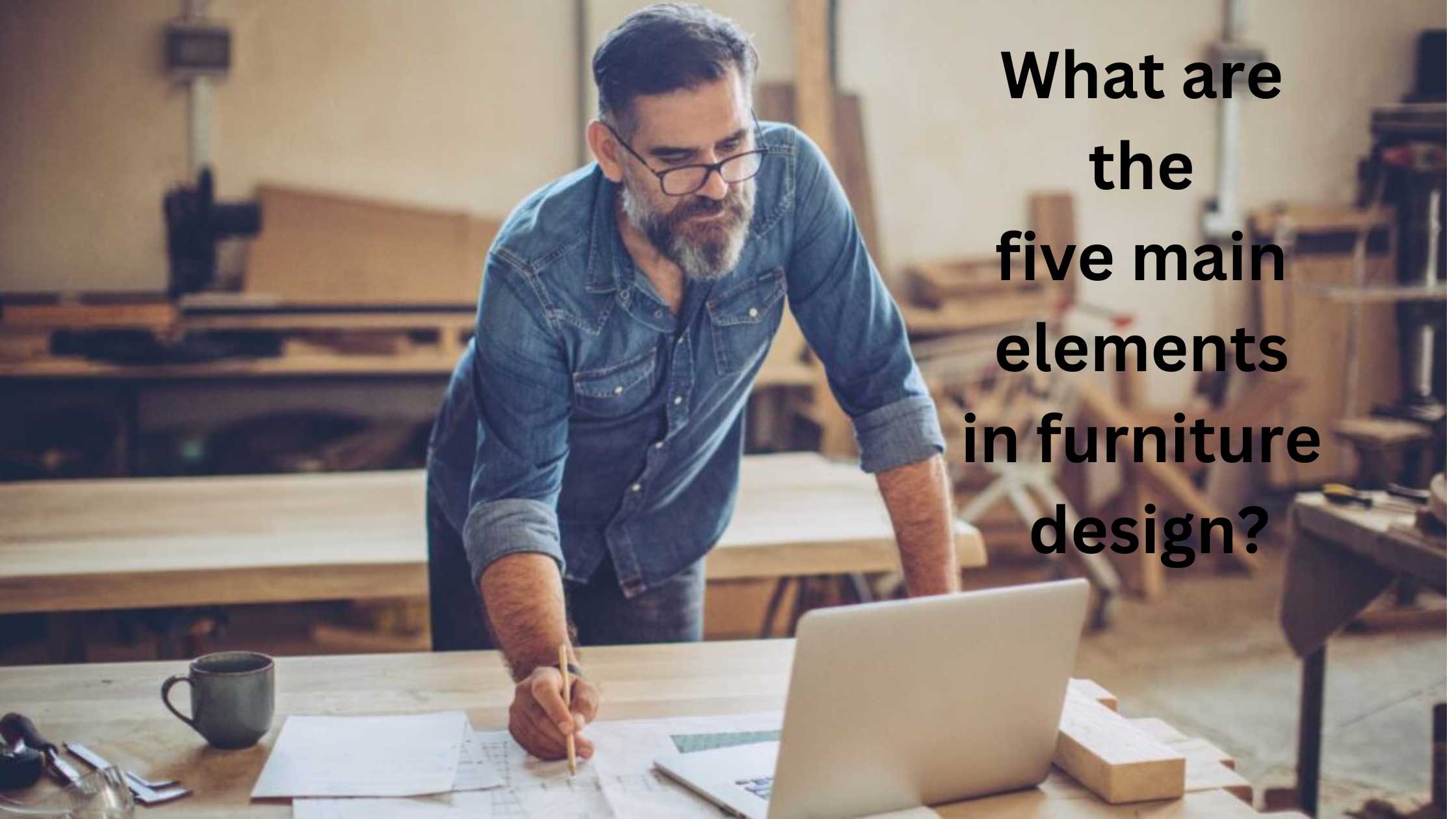
What are the five main elements in furniture design?
In case you are renovating your home or planning a new one, it is important 2 follow the basic fundamentals of interior design. The five major interior designing elements are color, form, texture, scale and balance.
Whether you’re renovating or starting fresh, adhering to the fundamental principles of interior design is essential. These principles encompass key elements like color, form, texture, scale, and balance, guiding you toward creating a harmonious and aesthetically pleasing living environment. Consulting with a Carpenter Navi Mumbai residents trust can further enhance your interior design vision.
Color is the most essential element of design and provides a basis for form in a room. Colors have emotional value and can tell a story or trigger a mood. Designers use color and other elements to make a room feel larger, smaller, or more complex. Color can also be used to highlight specific areas of a room.
The form is the concept of expressing the contours of a three-dimensional object. For example, a sculptural piece can take on an organic shape, or a mirror can create the effect of water. In interior design, form is also used to define the boundaries of space. Setup can also be made through shadow & light.
The pattern is an intentional repetition of design elements. Prints can be found in fabrics, wallpaper, and other areas of design. Incorporating at least one to three patterns in a room. The main advantage of using practices is that they can add interest and highlight areas of a room.
Patterns also can be used to create the illusion of space. In interior design, balance and contrast ways are also important. The most essential feature of compensation is putting only a little into a room. There must be enough room 2 move about in a room & enough empty space 2 allow circulation.
Lines are another essential element of design. Horizontal lines can create a restful informal feeling in a casual room. In contrast, vertical lines can sense height in a more formal space. Designers are also beginning to use curved lines instead of rigid ones. This evolution of the rounded edge is considered the future of furniture design.
Texture is another essential element of design and can be found in the material used for furniture, the creation of cushions, and the fabric on the headboard. Texture also adds visual interest and dimension to a room. It can be present in materials, wooden frniture, woven blankets, and even in accessories such as flowers and candles.
Texture is a vital design element, evident in furniture materials, cushion creation, and headboard fabric choices. It not only adds depth and visual appeal but also enhances a room’s overall dimension. You can introduce texture through various means, from the materials used in wooden furniture to woven blankets and even in decorative elements like flowers and candles.
The best way to find the appropriate balance is to use elements from all five major interior design components. For example, if you want a room to be calming, use warm colors like red and blue. You could also add a bit of wood to a room to create a sense of growth and stability. Adding a bit of metal to a room will also bring out the metal element.
Achieving the right balance in interior design involves harmonizing all five major components: color, form, texture, scale, and balance. For instance, to create a calming ambiance, incorporate warm colors like red and blue while adding wooden elements for a sense of growth and stability. Introducing metal accents can also enhance the overall design by invoking the metal element.
Choosing the most appropriate color is essential. For example, brighter colors require that you mix them with several lighter items. You also need to consider the size of the room you want to decorate. Larger rooms do better with more excellent colors.


